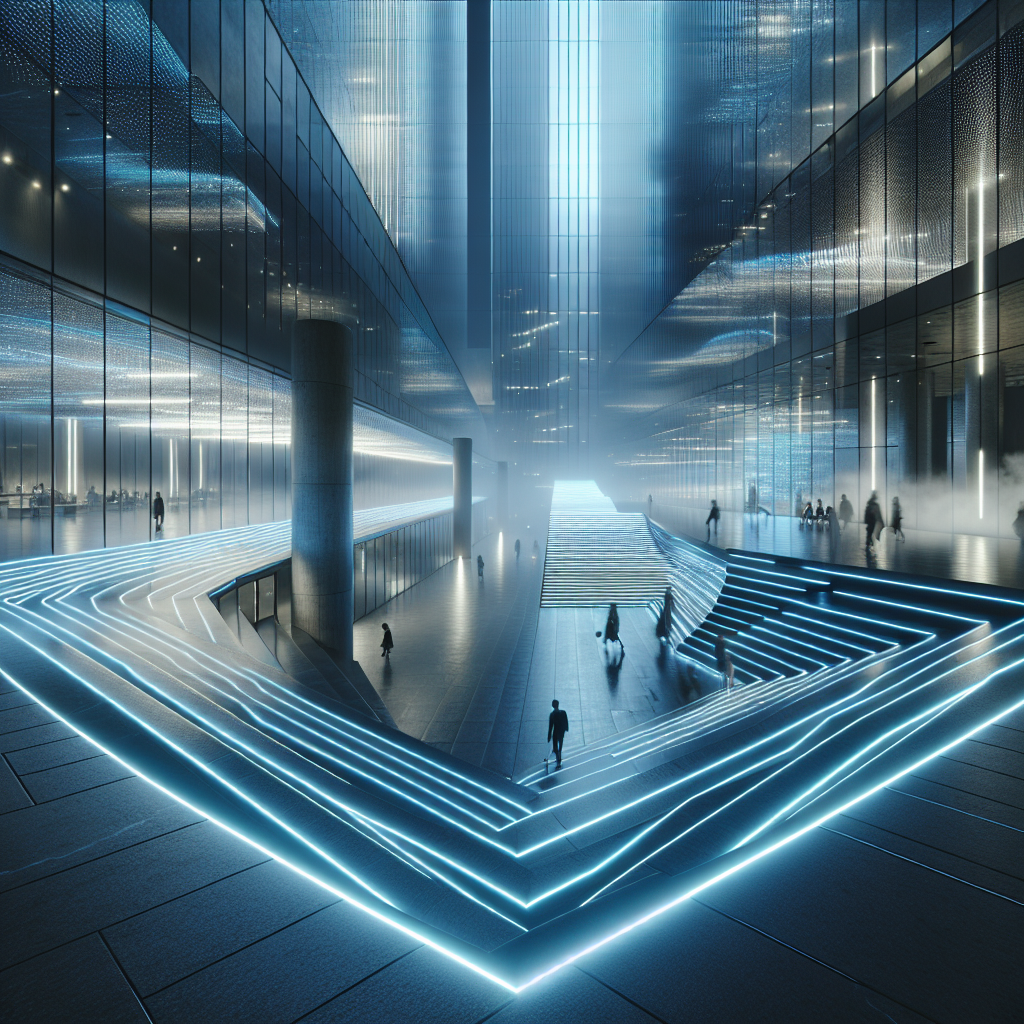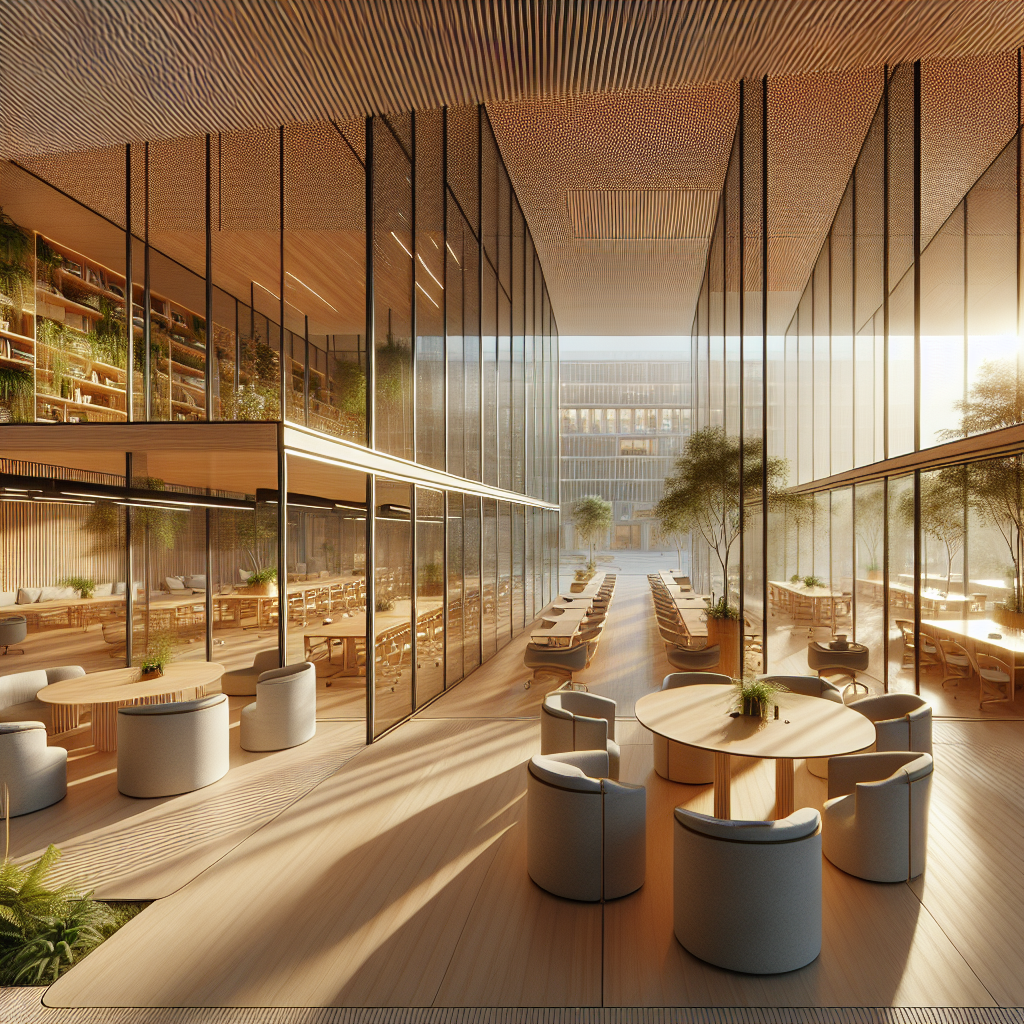Bold stripes revival: from maritime motifs to mesmerizing street façades
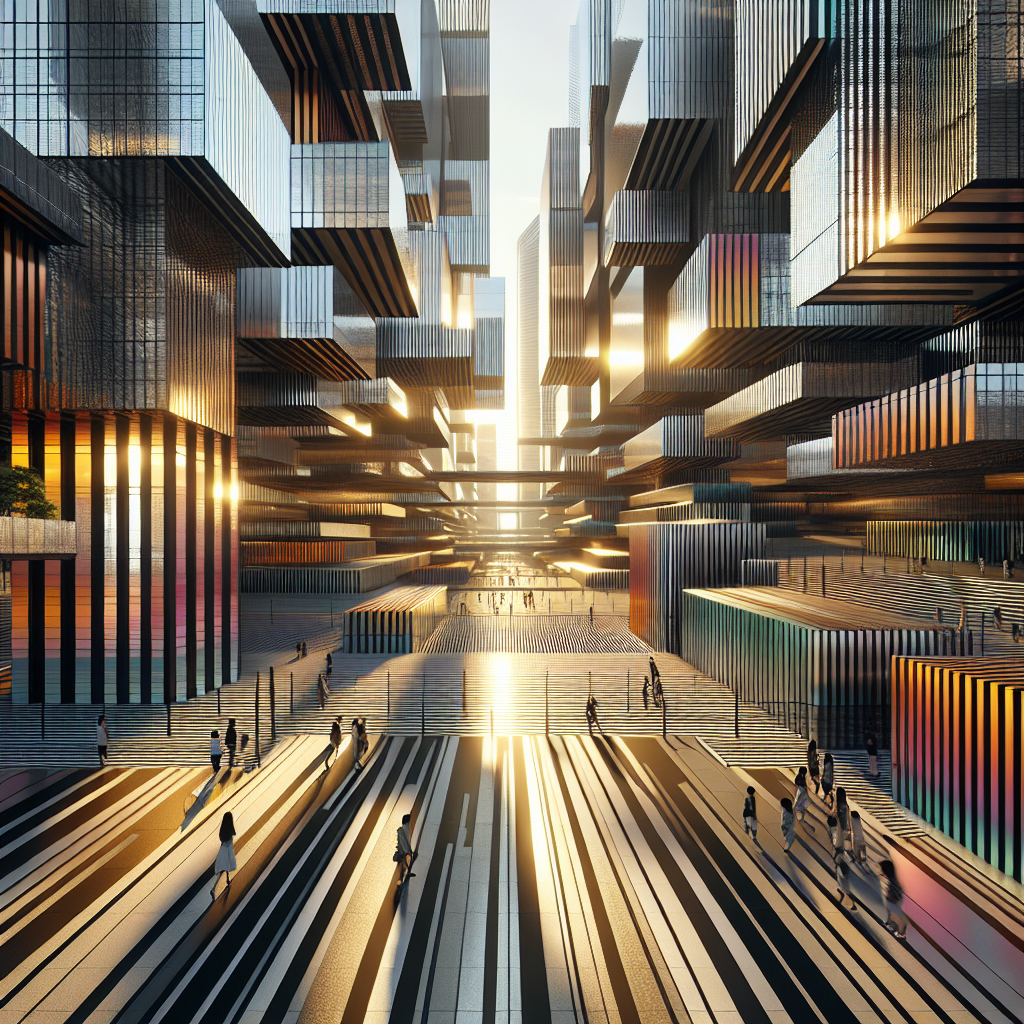
Bold Stripes Revival: From Maritime Motifs to Mesmerizing Street Façades
Few visual languages in design are as instantly recognizable—or as persistently reinvented—as the bold stripe. Once a symbol of nautical precision and maritime order, stripes have resurfaced across architecture and interior design as a powerful medium of rhythm, movement, and urban storytelling. Today, they are no longer confined to fashion or coastal villas; they ripple across façades, stretch across public plazas, and animate interiors with optical dynamism. The revival of bold stripes is not a nostalgic gesture—it’s a declaration of confidence, clarity, and controlled chaos in an age defined by visual noise.
The Historical Current: From Nautical Utility to Modernist Abstraction
The lineage of stripes in design traces back to the maritime world, where alternating bands of color served as codes of communication and identity. These early applications—functional, legible, and symbolic—laid the groundwork for the stripe’s later aesthetic evolution. By the early 20th century, the Bauhaus movement and De Stijl artists transformed stripes into a modernist vocabulary of geometry and order. In architecture, figures like Le Corbusier and Gerrit Rietveld used linear repetition to articulate proportion and spatial rhythm.
Fast forward to the 1960s, and stripes gained new cultural traction through Op Art and Pop design. Architects and designers began exploring their kinetic potential—how alternating color bands could manipulate perception, create depth, or suggest motion. The stripe became a tool not only of decoration but of spatial choreography.
Urban Canvases: Stripes on the Street
In the 2020s, the stripe has migrated from the canvas to the city. Across global metropolises, architects are deploying striped façades to break the monotony of glass and steel. The results are mesmerizing: buildings that seem to breathe, shimmer, or pulse as light and shadow interact with their linear skins.
Take the façade of the Fondation Louis Vuitton in Paris, where Frank Gehry’s curvilinear glass sails are occasionally accentuated by striped light projections during temporary exhibitions. Or the OMA-designed Prada Epicenter in Tokyo, whose structural grid becomes a subtle striped lattice that shifts perception as one moves through the space. These projects demonstrate how stripes—once flat—have become three-dimensional experiences.
In Milan, a city that continually redefines design language, the use of stripes in architecture has evolved into a statement of urban identity. The city’s recent façades play with alternating ceramic panels and glass fins, producing rhythmic reflections that recall maritime rigging lines—an echo of the motif’s origins. As discussed in The Evolving Face of Contemporary Architecture, such surface experimentation reflects a broader shift toward façades that engage both visually and environmentally.
Interior Stripes: From Surface to Spatial Strategy
Inside, stripes are no longer confined to wallpaper or upholstery. They have become a spatial strategy—a means to elongate, compress, or redirect perception. In boutique hotels and high-end residences, designers use vertical stripes to amplify ceiling height or horizontal bands to expand visual width. The interplay of matte and gloss finishes introduces subtle movement, while contrasting materials—like oak slats against polished plaster—add tactile depth.
The Memphis revival has also reintroduced stripes as playful, postmodern elements. In showrooms from Copenhagen to Seoul, designers juxtapose candy-colored bands with sculptural furniture, creating interiors that oscillate between whimsy and precision. This aesthetic dialogue resonates with the ideas explored in Memphis Revival Mania, where color and geometry are used to challenge minimalism’s restraint.
In corporate and hospitality design, stripes are being reinterpreted through digital fabrication. Laser-cut metal panels, CNC-milled wood, and LED-embedded glass allow designers to produce linear patterns that shift with occupancy or daylight. The result is a living stripe—responsive, adaptive, and immersive.
Optical Architecture: The Science of Perception
Stripes operate at the intersection of design and neuroscience. Studies in visual perception reveal that alternating lines can alter spatial awareness, evoke emotional responses, and even influence behavior. In architecture, this translates into façades that appear to move or dissolve depending on the viewer’s position. The effect is akin to the moiré phenomenon, where overlapping patterns generate dynamic illusions.
Architects are increasingly leveraging this optical science to design façades that respond to environmental and psychological cues. In climates with intense sunlight, striped shading systems modulate glare while creating rhythmic shadows that animate interiors. Projects like the Al Bahar Towers in Abu Dhabi, with their kinetic mashrabiya-inspired screens, exemplify how pattern and performance can merge seamlessly—a principle also echoed in Responsive Architecture: Exploring the World of Kinetic Façades.
Stripes and Sustainability: Beyond Aesthetics
The contemporary stripe revival is not purely aesthetic—it’s increasingly ecological. Architects are using linear patterning to optimize solar control, ventilation, and material efficiency. Alternating opaque and translucent panels can reduce heat gain while maintaining natural light, and striped photovoltaic cladding transforms façades into energy-generating surfaces.
This approach aligns with the principles of biodegradable architecture and circular design, where form and function converge to minimize environmental impact. In some cases, stripes even act as data-driven interfaces—responsive skins that visualize energy consumption or air quality through shifting light bands. The result is a new typology of eco-graphic architecture, where sustainability is not hidden but proudly displayed.
Case Studies: Stripes in Motion
In Rotterdam, the Depot Boijmans Van Beuningen by MVRDV features mirrored stripes that reflect the cityscape in fragmented layers, creating a constantly changing panorama. The building’s surface blurs the boundary between object and environment, turning the city itself into part of the design.
Meanwhile, in Mexico City, Frida Escobedo’s use of concrete lattices and striped shadows transforms courtyards into temporal experiences—spaces that evolve with the sun’s trajectory. Her work exemplifies how stripes can serve as both structure and ornament, merging tradition with modern sensibility.
Even temporary installations, such as those seen at the Venice Architecture Biennale, use stripes to guide circulation and evoke emotion. Painted ground lines, textile canopies, and LED grids orchestrate movement through space, turning visitors into participants in a living composition.
The Future of the Stripe: Digital, Dynamic, and Decentralized
As digital fabrication and responsive materials advance, the stripe’s future looks increasingly dynamic. Architects are experimenting with programmable pigments and thermochromic paints that shift color with temperature, creating façades that morph in real time. In the context of smart cities, striped surfaces may soon double as data displays—communicating traffic flow, energy use, or air quality through subtle chromatic changes.
The stripe, once a static motif, is evolving into a sensorial interface. It connects architecture to human experience, transforming façades into communicative membranes. This evolution reflects a broader trend toward interactive and human-centered design, where visual rhythm becomes a medium for engagement rather than mere ornamentation.
Why Stripes Matter Now
In an era saturated with digital gradients and algorithmic forms, the return of the stripe signals a yearning for clarity and order. Its boldness cuts through visual clutter, while its repetition offers comfort and continuity. Yet its simplicity is deceptive: behind every stripe lies a sophisticated dialogue between history, technology, and perception.
From the crisp navy-and-white of maritime flags to the kinetic façades of tomorrow’s cities, stripes continue to navigate the shifting tides of design. They remind us that the most enduring motifs are those that adapt—anchored in tradition, yet always in motion.
The bold stripe revival is not just a trend; it’s a testament to design’s cyclical nature and its capacity to reinterpret the familiar. Whether etched in glass, woven in fabric, or projected in light, stripes remain one of architecture’s most eloquent tools for shaping how we see—and feel—the spaces around us.
Published on
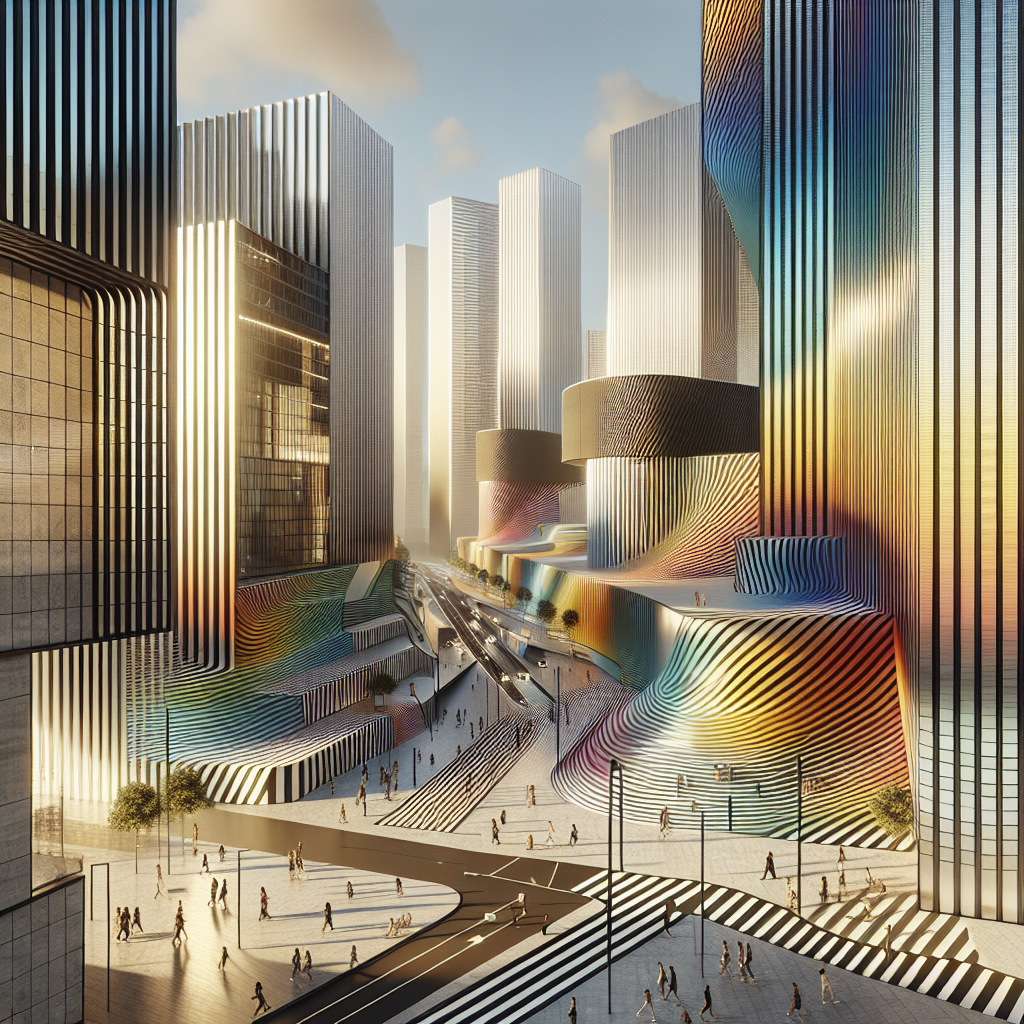
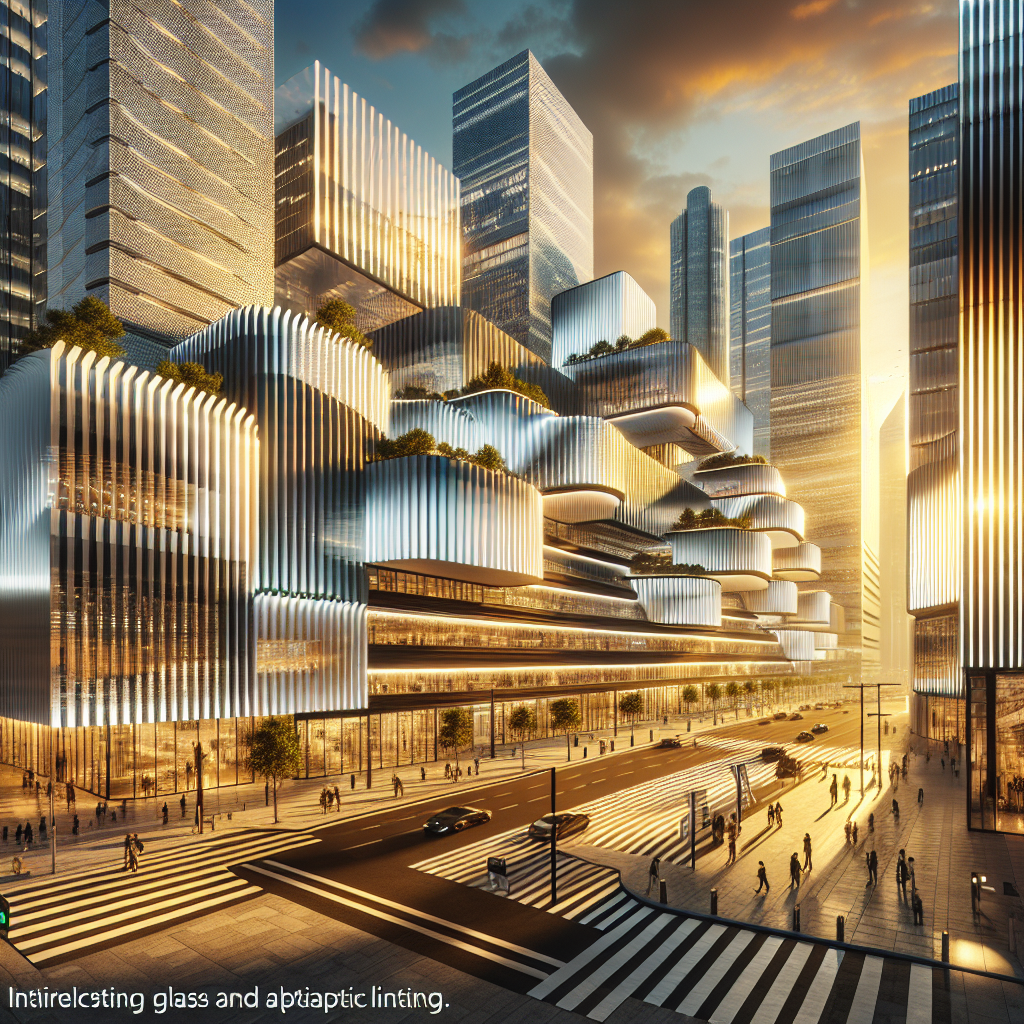
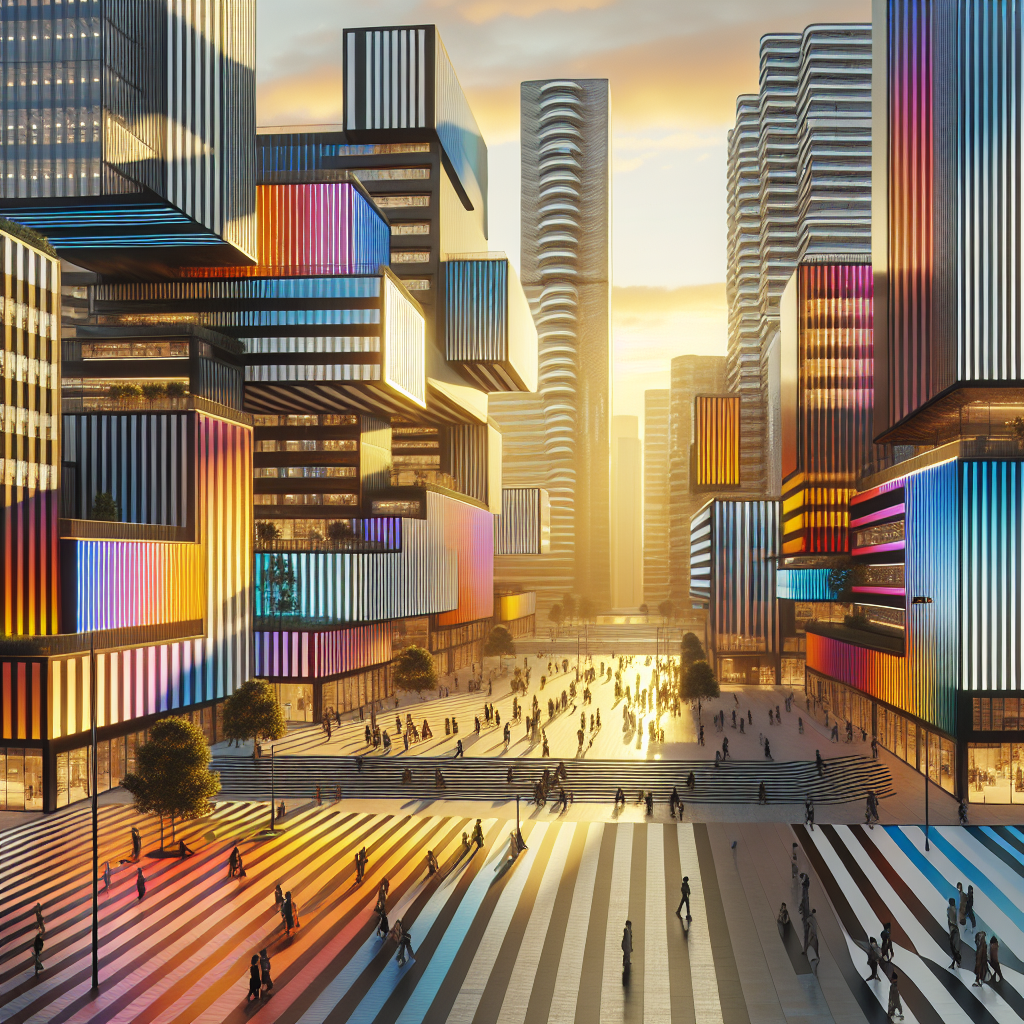
❮
❯


